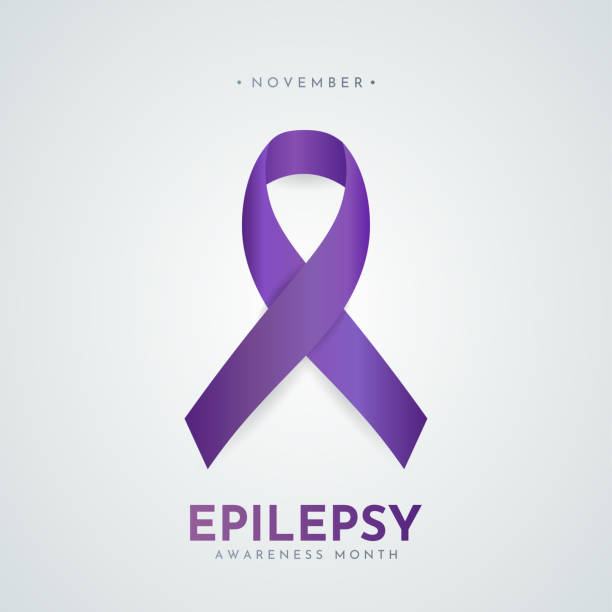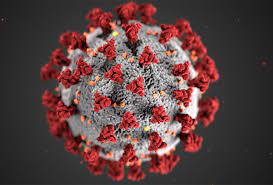

Prahlad K Sethi, MD and Nitin K Sethi, MD

The history of epilepsy is connected with the history of humanity. One of the earliest descriptions of the disease is reported in the medical text called Sakikku thought to be written sometime around 1.050 BC by the Babylonians. The word epilepsy is derived from Ancient Greek ἐπιλαμβάνειν, “to seize, possess, or afflict”. Even though epilepsy is as old as civilization itself, surprisingly there still exists stigma around this common neurological condition. Despite sustained efforts this stigma persists. The stigmatized are discriminated, ostracized, devalued, scorned, shunned and ignored. In school these children experience social problems and difficulty integrating with peers. Other children are afraid to study or play alongside them. Teachers instead of understanding and treating these children with empathy may ignore them. When these children grow up and enter college, the stigma accompanied them and they experience social isolation leading to mental health disorders such as anxiety and depression. While laws exist to protect against discrimination at work, most epileptics struggle to find a good job despite possessing requisite qualifications.
In India, young women with epilepsy face unique challenges when it comes to marriage and family. In an arranged marriage the bride and groom are primality selected by parents and other close family members. If the girl or her parents reveal the epilepsy diagnosis, the match is rejected by the prospective bridegroom or his family. If the diagnosis is hidden and comes to light after the marriage, it leads to marital discord and at times divorce. The girl and her parents are devalued and scorned.
How can we remove the stigma surrounding epilepsy in India? Education remains the cornerstone but despite persistent collective efforts of various national and international epilepsy associations, the stigma remains. Neurologists, inadvertently may also be contributing to the problem. We publish articles highlighting the psychiatric comorbidities of epilepsy such as anxiety and depression. But these comorbidities are not unique to epilepsy. Any chronic illness which affects a patient’s quality of life adversely will cause anxiety and depression. The message we should be sending out consistently is that epilepsy is a highly treatable chronic disease. The vast majority of patients live a normal productive life. We should encourage our patients to live their dreams doing things that make them happy and fulfilled. That you are not alone should be the message. Fyodor Dostoevsky (the great Russian writer), Napoleon Bonaparte (the legendary French military commander and political leader), Sir Isaac Newton (physicist, mathematician, and natural philosopher), Leonardo Da Vinci (painter), Agatha Christie (English writer known for her detective novels), Alfred Nobel (Swedish chemist, engineer, innovator, and the inventor of dynamite), Joan of Arc (legendary defender of the French nation) and many other influential people all had epilepsy. These individuals did not let their epilepsy hold them back. Epilepsy is not something to be ashamed of is the message that should resonate.
The LGBTQ community has faced stigma and discrimination over the years. Some even today say that homosexuality is a mental health illness. The gay community though fought back against this narrative. They have emerged from the shadow of discrimination by proudly coming out as gay, holding gay pride parades and celebrating their diversity. Our patients too should emerge from the shadows. Epilepsy is not a curse, nothing to be ashamed of or to hide from friends, family or a prospective bridegroom. While epilepsy casts a long stigma shadow, the time has come for our patients to emerge from it.
Nitin K Sethi, MD, MBBS, FAAN
Prahlad K Sethi, MD, MBBS, FAAN
COVID19 (coronavirus disease 2019) is the now well known and infamous infectious
respiratory disease caused by SARS COV 2 virus (Severe Acute Respiratory Syndrome
coronavirus 2). As early as on March 11th,2020 The World Health Organization (WHO) declared COVID 19 a pandemic considering the rapid spread of the disease to multiple countries around the world. To control the spread of COVID 19, heath care authorities in different countries recommended isolation of sick persons, quarantine for those who may been exposed to the virus and social distancing. A distance of at least 6 feet (2 meters) was recommended. Despite these measures rapid spread of the disease and tremendous loss of human lives has occurred worldwide.

Systemic failures led to this enormous and tragic loss of lives. In this presentation, we look at some of these failures and the lessons which can be learnt from them.
You must be logged in to post a comment.